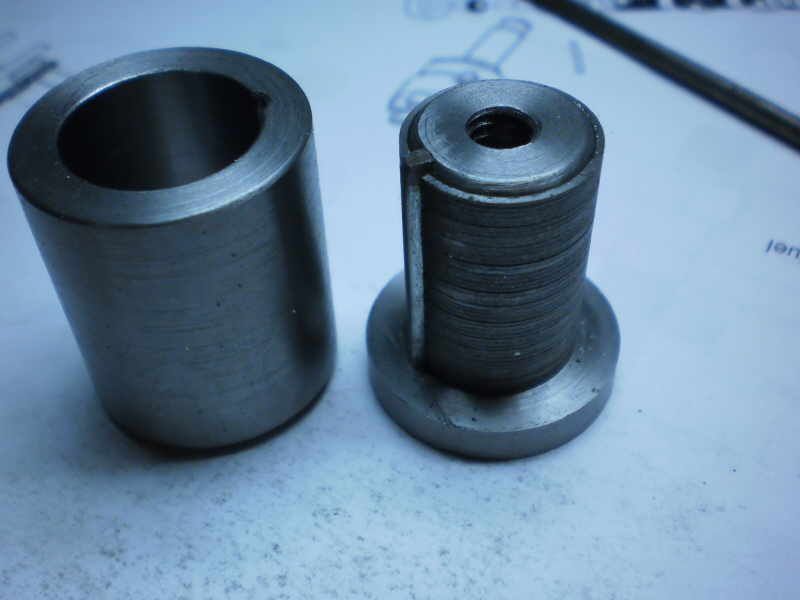- Joined
- Jan 4, 2011
- Messages
- 1,418
- Reaction score
- 384
How do you folks heat treat piston rings. I seem to have a problem making acceptable rings. I have gotten the cast iron from McMastar Carr and MSC so it is not that I am using some junk. I have been using a propane torch and getting the rings red hot with a gag in the gap. They retain the set but when I install them they deform and do not seal. I have read numerous articles about how to make perfect rings but mine all turn out to be junk. Presently I am waiting for some rings from Debolt. I have used commercial rings before and they seem to have spring and retain their shape during installation.
Presently I am building an Atkinson Differential engine and have made the rings per his instructions and have even tried making them to expanded size and not heat treating but I am not having any luck. The size is 1 1/8 OD x 3/32 wide x .010 thick.
Presently I am building an Atkinson Differential engine and have made the rings per his instructions and have even tried making them to expanded size and not heat treating but I am not having any luck. The size is 1 1/8 OD x 3/32 wide x .010 thick.


































































